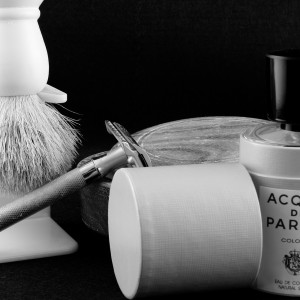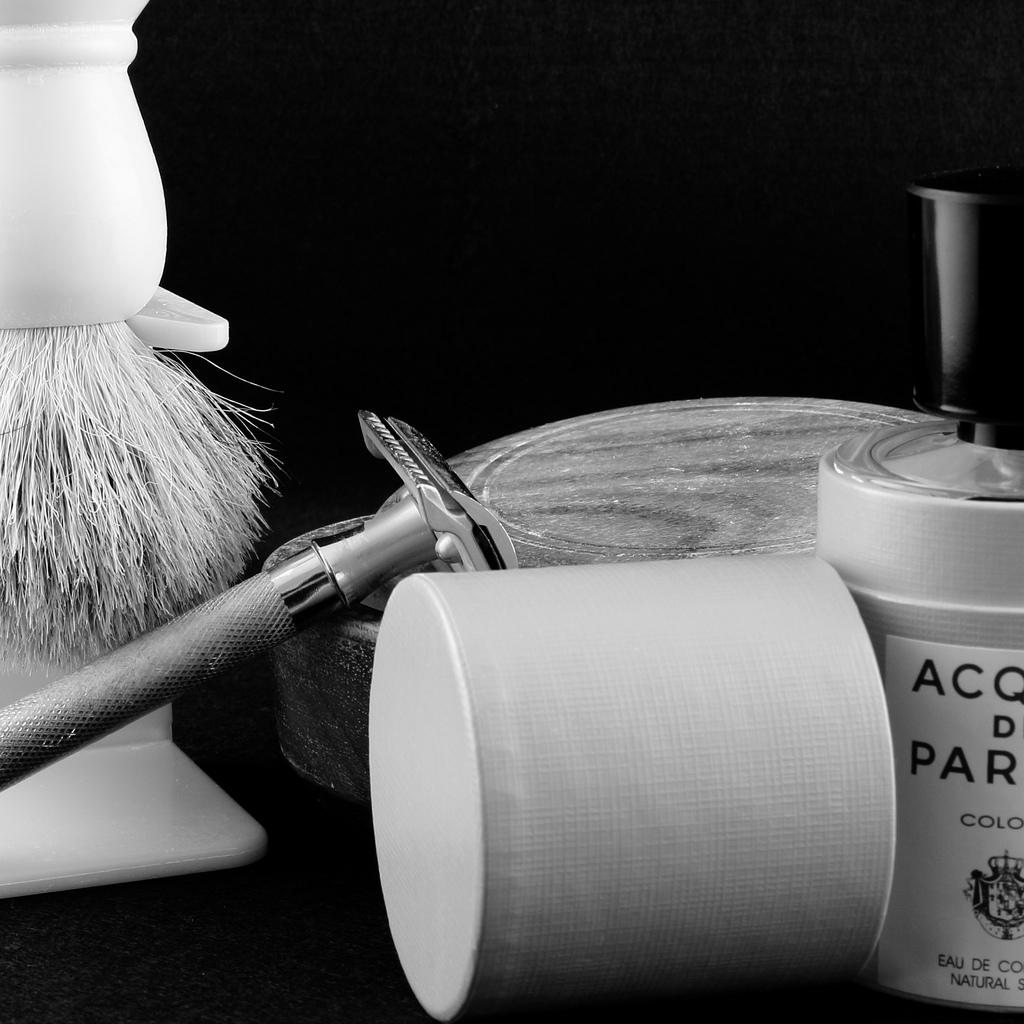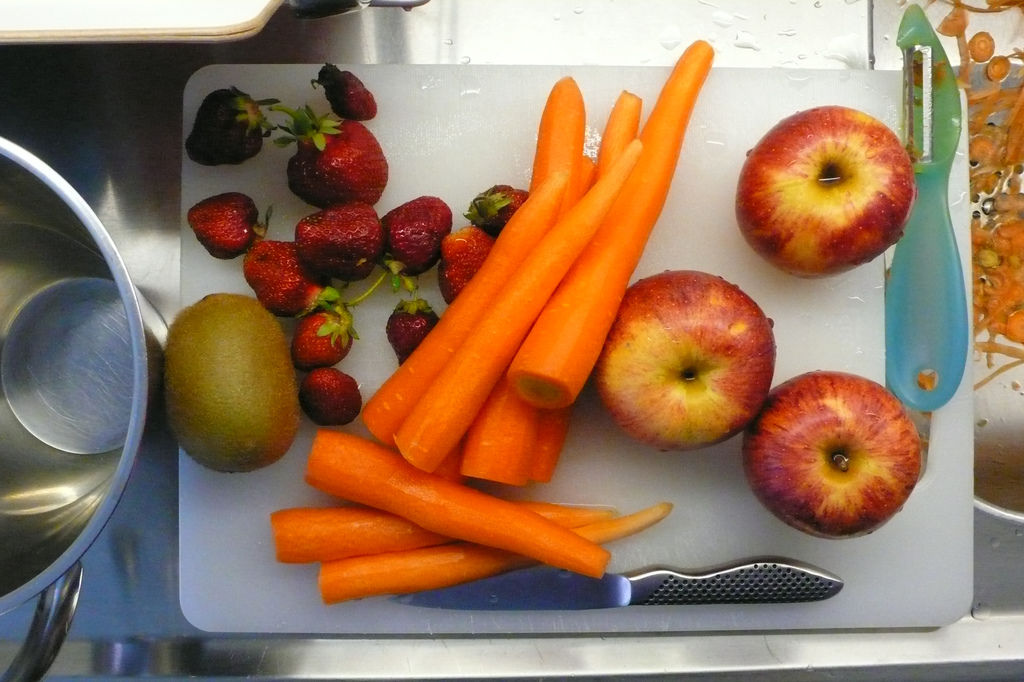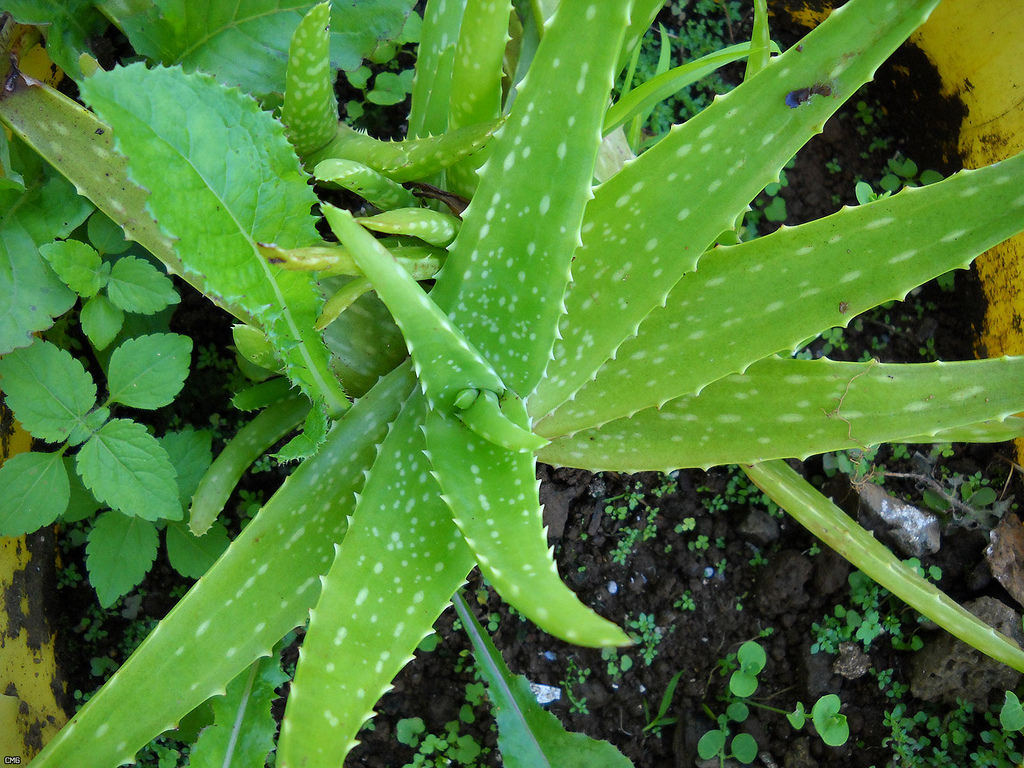If you’re like me, you don’t wan to be the scruffy guy at the office, but razor bumps are bringing down your style. If you like that clean-shaved look, but struggle trying to figure out how to get rid of razor bumps, try following a few of these guidelines.
How to get Rid of Razor Bumps: Exfoliate
The first thing to remember in learning how to get rid of razor bumps is every time before shaving, make sure that you exfoliate your skin using sponge or loofah. You can even use homemade scrub like 1 tsp of baking soda with 1 tbsp of liquid soap for exfoliation.
How to get Rid of Razor Bumps: Witch Hazel
After you are done with shaving application of witch hazel on the skin prevents ingrown hair. Dab a small amount of witch hazel on the shaved skin, anti-septic properties of witch hazel prevents razor bumps.
How to get Rid of Razor Bumps: Aspirin
You can prepare homemade mask with aspirin which proves to be effective home remedy for razor bumps. Make smooth paste of 4-5 uncoated aspirin with water and apply it on the skin and allow it to stand for 10-15 minutes. Then gently rub off but in case it is too dry then add little moisturizer to it. The anti-inflammatory property of aspirin reduces swelling as well as treats mild infection.
How to get Rid of Razor Bumps: Apple Cider Vinegar
As and when needed, dab a small amount of apple cider vinegar on the razor bump. This is considered to be effective home remedy for razor bump.
How to get Rid of Razor Bumps: Cucumber and Milk Mask
Razor bumps are mainly associated with redness and itchiness and you can overcome with quick cucumber and milk mask. To 1/3rd cup of milk add puree of ½ cucumber and keep it in fridge until cold. With the help of gauze apply it on the affected area and leave it for few minutes, then with water rinse it off. Besides treating itchiness and redness it is effective home remedy for ingrown hair.
How to get Rid of Razor Bumps: Cornstarch
Cornstarch is also considered to be one of the effective home remedies for ingrown hair. Dust small amount of cornstarch on the affected area and leave it for at least 20 minutes. Then wash it with water.
How to get Rid of Razor Bumps: Aloe Vera
Aloe Vera is another effective natural remedy for razor bumps. Apply fresh gel of Aloe Vera on the affected area at least twice in a day. For best results repeat this home remedy for 3 days. The itchiness and inflammation due to razor bumps will be treated.
How to get Rid of Razor Bumps: Benefits of Aloe Vera

Now, back to that tube of aloe vera I was talking about. Having a quality supply on hand is a must when wondering how to get rid of razor bumps. Not only will you break into that stash to sooth razor bumps, but there are countless other benefits, and while we’re on the topic of skincare, I thought I’d highlight a few of my favorite uses.
1. Aloe vera gel is great for moisturizing.
For women: Popularly used as a moisturizer by women who use mineral make-up regularly, aloe vera gel is great for face. Applying aloe vera gel on skin prior to application of make-up can prevent the skin from drying.
For men: Aloe vera gel can be used as an aftershave. Its healing properties can treat small cuts caused by shaving.
2. Aloe vera gel is great for treating acne.
Aloe vera gel has antimicrobial properties that kill bacteria and anti-inflammatory properties that reduce skin inflammation. It allows the skin to heal quickly and naturally with minimal scarring. Aloe is moisturizing but doesn`t give skin a greasy feel, so it`s perfect for anyone with an oily complexion.
3. Aloe vera helps fight common problems of skin aging.
Let`s face it: as we get older, everyone begins to worry about the appearance of lines and the loss of elasticity in our skin. The vitamin C and E present in aloe gel can improve our skin`s natural firmness and keep our skin hydrated.
4. Aloe vera can lessen the visibility of stretch marks.
Whether due to a growth spurt, weight change, or pregnancy – many of us are plagued with unsightly stretch marks. These marks appear due to minor tears in the layers of the skin caused by sudden and excessive stretching. Aloe vera gel can help hide these stretch marks by healing these wounds.
5. Aloe vera can be used to treat sunburn.
Aloe vera gel can reduce the pain and swelling you experience during sunburn. It acts as a protective layer on the skin and helps replenish its moisture. When the skin is hydrated, then it will recover faster from the sunburn.











 But can aloe vera truly be used to treat cancer?
But can aloe vera truly be used to treat cancer?